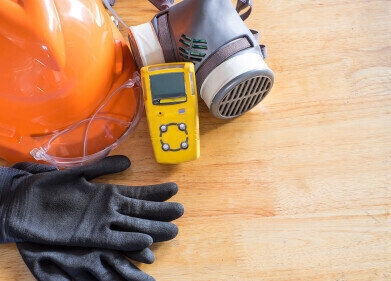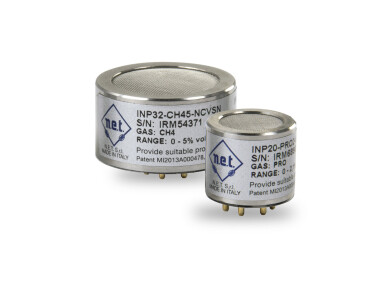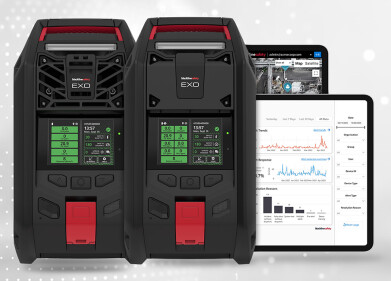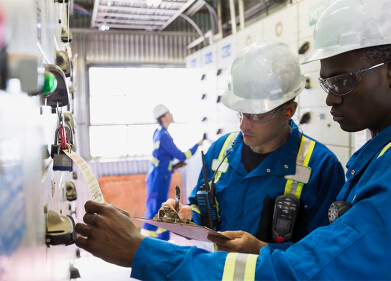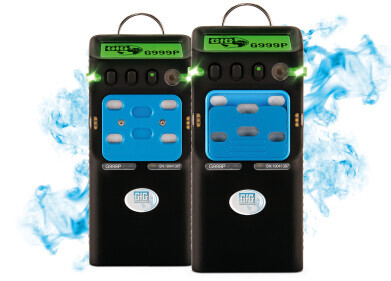Gas detector
The gas detection market is on an upward trajectory, fuelled by the petrochemical industry
Dec 12 2023
According to The Business Research Company's Global Market Report 2023 on Gas Detection Equipment, considerable growth is anticipated in the global gas detection equipment market. The market size is projected to increase from $4.02 billion in 2022 to $4.39 billion in 2023, reflecting a robust Compound Annual Growth Rate (CAGR) of 9.36%. The market is expected to reach a value of $6.12 billion by 2027, driven by an 8.66% CAGR.
The petrochemical sector is a key driver propelling the advancement of the gas detection equipment market. Petrochemical facilities are involved in processing a diverse range of chemicals, flammable gases, and volatile compounds. Given the inherent risks, precise gas detection equipment becomes essential to safeguard the well-being of workers, environmental protection, and adherence to regulatory standards. This equipment plays a crucial role in monitoring and managing hazardous materials, preventing leaks, fires, and explosions.
The International Energy Agency predicts that petrochemicals will contribute significantly to the increase in oil consumption through 2030 and beyond, surpassing other sectors like trucks, aircraft, and shipping. The surge in demand for petrochemical products highlights the crucial role that gas detection equipment will continue to play in ensuring safety and operational efficiency in this industry.
The global gas detection equipment market exhibits a certain level of concentration, with a few prominent players dominating the landscape. In 2022, the top ten competitors collectively accounted for a substantial 49.28% of the total gas detection equipment market. Notable leaders include Honeywell International Inc., Riken Kieki, Draegerwerk AG & Co. KgaA, ABB, MSA, New Cosmos Electric Co. Ltd., Siemens AG, Fortive, Emerson Electric Co., and Hanwei Electronics Group Corporation.
Gas detection equipment manufacturers are increasingly exploring innovative technologies, such as drone-based gas monitoring. This approach involves the use of unmanned aerial systems (drones) equipped with gas sensors and advanced technology to monitor gas emissions, air quality, and potential leaks in real-time. For instance, in April 2021, ABB Ltd launched HoverGuard, a drone-based gas leak detection and greenhouse gas measuring system. HoverGuard swiftly and accurately detects, quantifies, and maps gas leaks, ensuring fast, safe, and reliable assessments. This pioneering unmanned aerial vehicle (UAV) system quantifies critical greenhouse gases, including methane, carbon dioxide, and water vapour during flight.
Digital Edition
PIN 25.5 Oct/Nov 2024
November 2024
Analytical Instrumentation - Picturing Viscosity – How Can a Viscometer or a Rheometer Benefit You? - Sustainable Grease Formulations: Evaluating Key Performance Parameters and Testing Method...
View all digital editions
Events
Jan 20 2025 San Diego, CA, USA
Jan 22 2025 Tokyo, Japan
Jan 25 2025 San Diego, CA, USA
SPE Hydraulic Fracturing Technology Conference and Exhibition
Feb 04 2025 The Woodlands, TX, USA
Feb 05 2025 Guangzhou, China
